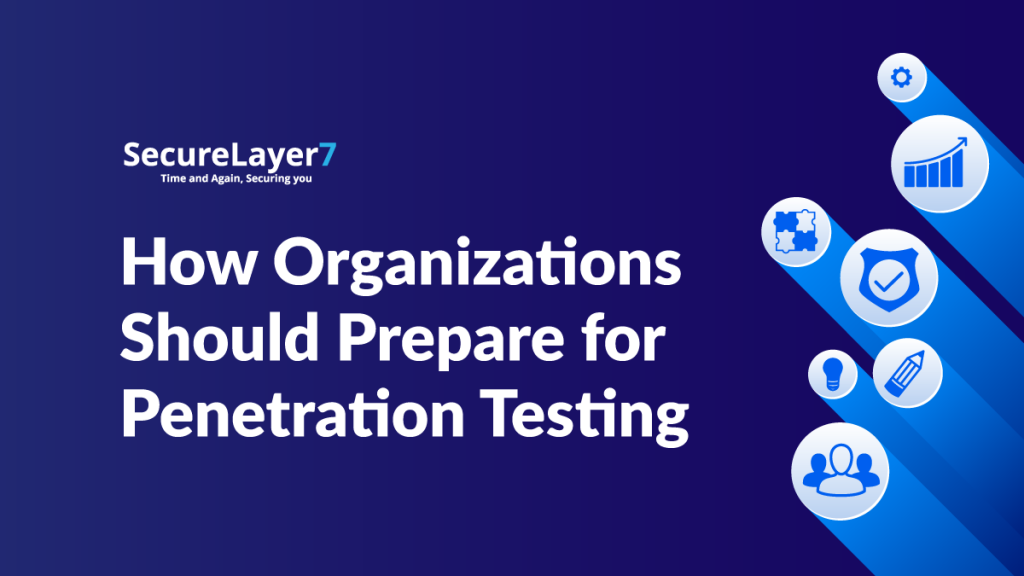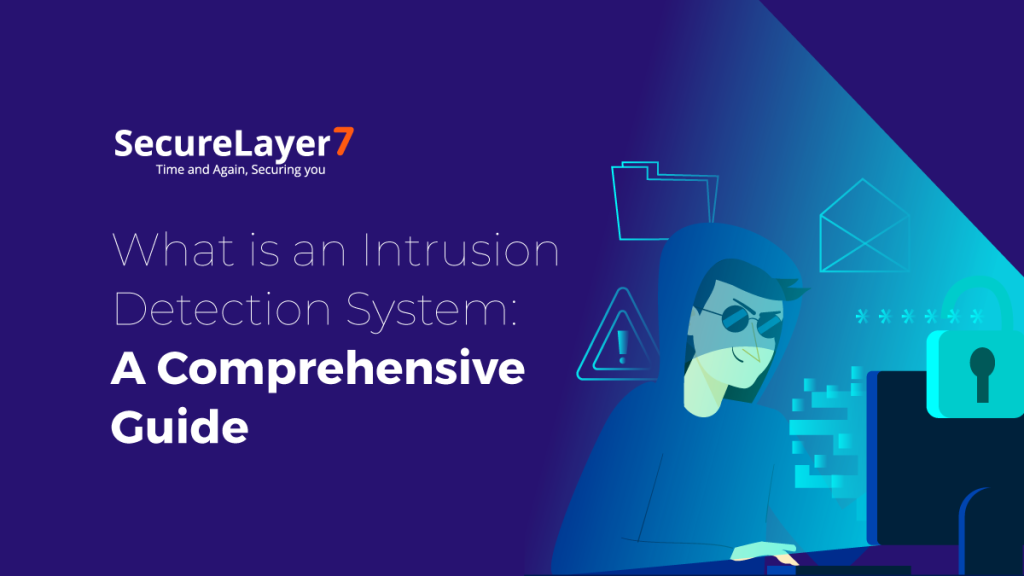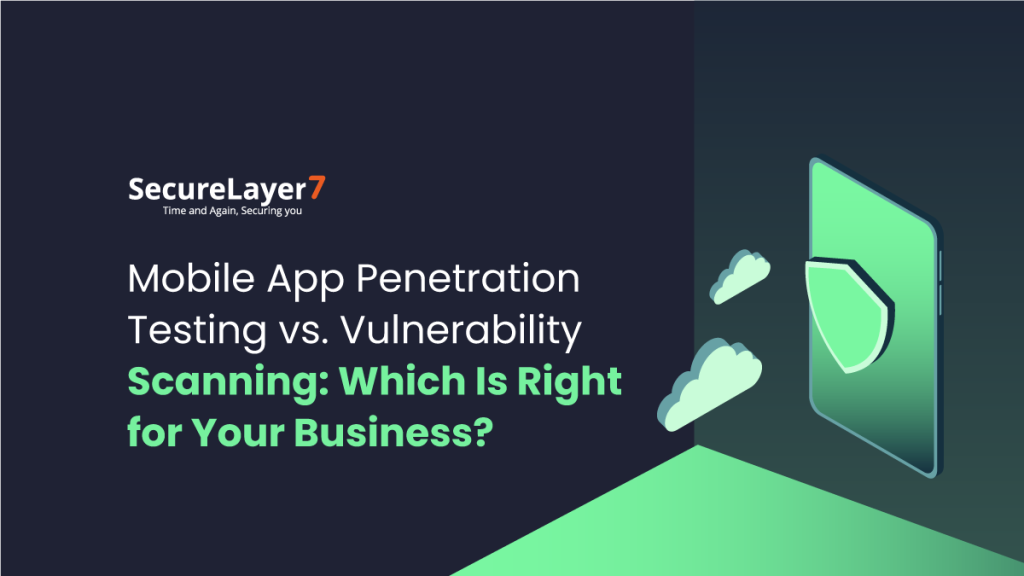
Getting Your Phishing Gear Ready With GoPhish
February 10, 2023
Insecure Deserialization in Java Applications
February 10, 2023
If you want to perform a penetration test on your digital infrastructure, you, your developer, the infrastructure team, and your program management staff must be ready.
Even though you can prepare for a penetration test in a matter of hours if the organization has a limited scope of work, knowing what to accomplish from the penetration testing is more important.
A penetration test is perceived by many internal IT teams as a time-consuming nightmare. However, with the right planning and communication, a penetration test is a simple, important, and beneficial process for any firm.
You will get the best outcomes from your test, including strong results that allow you to apply the necessary mitigations, which are more likely if you have prepared adequately.
Before we start with it, let’s go through what Penetration Testing is.
What is Penetration Testing?
Penetration testing is a security exercise in which a cyber-security expert searches for and attempts to exploit security flaws in a digital application or infrastructure.
This simulated attack aims to identify any weaknesses in a system’s defense that an attacker might be able to use against it.
Given the proper authorization from the owners of digital assets, penetration testing includes both manual and automated tests to assess the application’s security.
The owners of the digital assets afterward receive a thorough penetration testing report that describes the scope of the test, the vulnerabilities identified along with their criticality, and the necessary mitigations.
Why does a company need a penetration test?
Through penetration testing, organizations can assess how well their present security measures might stand up to a determined attacker using a variety of attack vectors. This enables you to close security gaps before attackers do so.
Here are the reasons why a company needs a penetration test.
1. Penetration testing opts for compliance like SoC2 Type II, GDPR, CCPA, and other compliances
More people are paying attention to data privacy, and governments throughout the world are putting rigorous data privacy regulations into place to safeguard their populations.
The GDPR of the European Union, the PDPA of Singapore, and the PDP Bill of Indonesia are a few examples of laws that have been enacted in various nations.
As long as the company’s clients live in that nation, such privacy rules may apply to the business. Penetration testing helps lower the likelihood of a data leak due to software vulnerabilities even if it may not immediately address concerns about data privacy.
2. To identify vulnerabilities and fix them before an enemy exploit them
Maintaining safety requires finding and exploiting previously unknown security holes before attackers do, which is why security patches are so prevalent in contemporary apps. Penetration tests can expose cybersecurity plans’ shortcomings that were first missed.
3. It’s possible that upper management wants to know more about their present security posture
Because of general data protection legislation, it is now more crucial than ever to reduce cybersecurity risk and ensure data privacy. However, establishing a routine for monitoring, maintaining, and enhancing your cybersecurity posture is vital.
Management can utilize security ratings that will significantly improve the company’s capacity to achieve and maintain regulatory compliance while achieving business goals.
4. Customer confidence is increased via data protection
All that matters is reputation. It is the primary focus of the majority of businesses and what keeps everything in motion. The reputation of a company may make or break it. All the reputations you have worked so hard to establish can be destroyed by simple news about a company’s data leak.
Who is involved in a penetration test?
These are the people who will be involved in the penetration test.
- Cybersecurity and Risk Leaders: They are responsible for evaluating the security of the software products developed by their organization. They will decide what pentest should be conducted, and the scope and objectives of the penetration test.
- Security Architect: He designs, creates, and maintains the security systems in the network, including the computer systems and data. Additionally, he evaluates the organization’s security.
- Security Engineer: A security engineer is a member of the security team who creates, implements, and manages security procedures for a business. He is involved in pentesting to know better the loopholes in the organization’s security.
- Product manager: He directs the product’s development to ensure that it satisfies the end user’s needs and promotes growth in line with corporate objectives. His involvement in the pentesting could help in building a better product.
- Developers and Application owners: These are personnel who directly develop and manage a software product, and their involvement in pentesting could definitely improve the product’s performance in terms of security.
How should you prepare for a penetration Test?
The preparation for the penetration testing completely depends on what you would like to achieve from penetration testing. First, you must map the attack surfaces, including external and internal.
External assets or public-facing penetration testing
- Find the public-facing application and IP addresses that are running the different services.
- You can use different tools here to find such applications or IP addresses, or you can ask your IT team to provide all available public-facing assets.
- Make a list of technologies used by the organization.
- Create the scoping document and gather as much information on the external assets.
Internal assets penetration testing
- Run the assets inventory tool to find workstations, internal servers, VPN, and other application assets.
- Make a list of technologies used by the organization.
- Create the scoping document and gather as much information on the external assets.
Also read: The Ultimate Guide To Web Application Penetration Testing
Questions to ask before you start a penetration Test
Before you start the penetration test, ask yourself the following questions.
- Is there a way to balance cost and quality in a good penetration test, and how much would one cost?
- Does your penetration test partner help you reach different levels of compliance, such as SOC2 Type II, GDPR, or ISO?
- What is the company’s procedure for patching vulnerabilities? Does your business have the capacity and the ability to handle the effort?
- Does your penetration test partner offer services like live vulnerability reporting and related ones?
- Are you contacting the suppliers of your peers to find out who gave them assistance in securing assets?
- Do you understand how a partner in a penetration test will oversee the full pen test lifecycle?
- Do you know a penetration test partner who can estimate one-time or recurring engagement pricing?
- Are you aware of the partner vetting procedures for allocating penetration testers for the pen test activity?
- Do you know how long and how securely data from pen test activities is stored?
The Penetration Testing Process
The penetration testing process begins long before an actual attack is conducted. Ethical hackers will be able to examine the system in this way, discover its advantages and disadvantages, and choose the best techniques and tools to get into it. There are normally five stages in the penetration testing procedure.
Reconnaissance
Recon is the first stage of a penetration test. The objective is planning to simulate a malicious attack that helps to obtain as much data as possible about the target system, (including details about the network architecture, operating systems and programs, user accounts, and other pertinent data) in order for the tester to develop a successful attack strategy.
The information can be obtained by interacting directly with the target system or drawing it from publically accessible resources. This is one of the time-consuming stages as the investigation is done in depth.
Scanning
Once Reconnaissance finishes collecting all the pertinent information, scanning is the next step.
To find open ports and examine network activity on the target system, the tester in this case, employs a variety of tools. It’s referred to simply as vulnerability scanning and is usually an automated process.
Penetration testers need to find as many open ports as possible because these are potential attackers’ entry points. While scanning can spot a possible danger, it cannot estimate hackers’ ease of access.
Therefore, while scanning is important for cybersecurity, it also requires human involvement in the form of penetration testers to function to its fullest. This helps penetration testers to launch attacks using identified entry points in the system.
Vulnerability Assessment
Vulnerability assessment, the third step in the penetration testing process, involves identifying potential vulnerabilities and determining whether they can be exploited. It is a helpful tool on its own but is more effective when used with the other penetration testing phases.
Penetration testers can use a variety of resources to assess the risk of vulnerabilities found at this stage such as determining the type of vulnerability scan, configuring the scan, performing the scan, evaluating risks, analyzing the scan results, and designing a remediation and mitigation plan.
Exploitation
This is an important step. In this scenario, a penetration tester attempts to enter the target system and exploit the flaws discovered so far. He would typically simulate actual attacks.
This is undoubtedly the most delicate penetration testing phase because it gives the testers total access to the target system. To access the target system, security restrictions must be overcome.
Even though system crashes during penetration testing are uncommon, testers still need to exercise extra caution to avoid system compromise or harm.
You need to use specific methods and skills to attack the target system. Penetration testers with experience can attack the system using their skills.
Reporting
The tester begins testing after the exploitation step is over. For the firm to reduce its security risks, creating a penetration testing report requires carefully identifying vulnerabilities and clarifying them.
Any vulnerability detected in the system can be fixed, and the organization’s security posture can be strengthened, using the report produced during this last penetration testing process.
Also read: When should you conduct a web application penetration test?
Penetration Testing Techniques
There are three main types of penetration testing techniques.
- Manual Penetration Test.
- Using automated penetration testing tools.
- Combination of both manual and automated processes.
The third process is more common to identify all kinds of vulnerabilities.
Manual Penetration Testing
It’s difficult to find all vulnerabilities using automated tools. However, manual scanning can only identify some internal and external vulnerabilities that automated scanning tools cannot. Penetration testers can perform better attacks on applications based on their skills and knowledge of the system being penetrated.
Manual checks include design, business logic as well as code verification. They are usually conducted by analyzing documentation or performing interviews with the designers or system owners.
Manually reviewing the documentation, secure coding policies, security requirements, and architectural designs, should all be accomplished using manual inspections.
Also read: Learn about IoT Device Penetration Testing
Automated Penetration Testing
Automated penetration is now a popular method for thwarting intrusions. However, most of your network’s security risks, if not all of them, may be found through automated penetration testing. Vulnerability scanning is a technique used in automated testing.
It gauges how successfully you and your group can react to online threats. It can fix problems that can cause network outages.
Combination of both manual and automated processes
A penetration tester initially performs automated scans to identify the vulnerabilities. After knowing the key issues, he will perform manual testing to encroach and find vulnerabilities as the automated pentesting cannot find them in detail.
Get your Pentest with SecureLayer7
After knowing about the penetration testing process, the people involved, and the techniques, it is time to select a vendor who can perform the penetration testing better by knowing your digital asset better.
SecureLayer7 has a strong reputation among SMEs who use our penetration testing tool to run and respond to ongoing pen tests. Additionally, we assist companies in maintaining their cloud infrastructure securely by finding and affordably quarantining vulnerabilities in AWS, Azure, and Kubernetes systems.
We are a highly research-focused company that protects our customers from newly discovered Zero Day vulnerabilities. Our hybrid web application penetration testing uses manual and automated scanning to eliminate false positives while identifying vulnerabilities in resources, including web apps, mobile applications, cloud infrastructure, and servers.
Our pentesters at SecureLayer7 work with multi-national clients, and our accomplishments in the cybersecurity industry speak for themselves. Visit us now to get your digital asset pentest.


